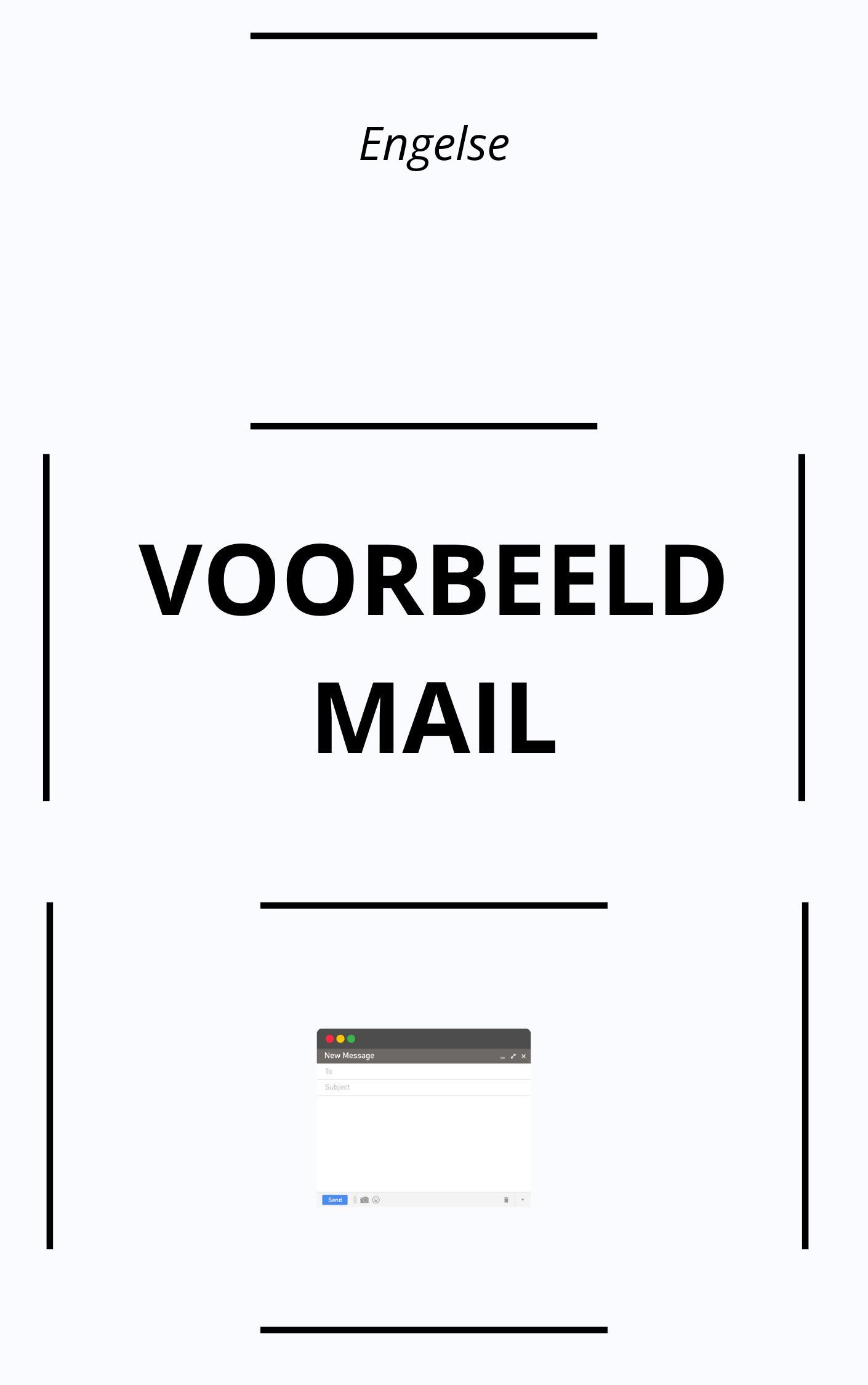
| Engelse |
| Voorbeeld |
| Brief en per mail |
| WORD en PDF – Online |
| ⭐⭐⭐⭐⭐ 4,21 : 1552 |
| OPENEN |
Subject: Request for Information
Dear Sir/Madam,
I am writing to inquire about the bachelor’s program offered by your esteemed university. I have recently completed my high school education and I am keen on pursuing my higher studies in {name of the field/department/program}.
I would greatly appreciate it if you could provide me with information regarding the admission requirements, application process, and any scholarships or financial aid opportunities available for international students.
Furthermore, I would also like to learn more about the curriculum, faculty, and any outstanding research or internship opportunities associated with this program. If possible, could you please send me a prospectus or brochure that contains all the relevant details?
Please let me know if there are any upcoming information sessions, campus tours, or open house events that I can attend. I am particularly interested in gaining first-hand experience of the university environment, meeting current students, and exploring the campus facilities.
Thank you very much for your time and consideration. I look forward to hearing from you soon.
Yours sincerely,
[Your Name]Hoe schrijf je een Engelse ?
Als je wilt leren hoe je een Engelse mail kunt schrijven, dan ben je hier aan het juiste adres!
Stap 1: Bepaal het doel van je mail
Voordat je begint met het schrijven van je Engelse mail, is het belangrijk om het doel van de mail te bepalen. Wil je bijvoorbeeld een sollicitatiebrief schrijven, een informele e-mail naar een vriend sturen, of een formele zakelijke e-mail verzenden? Het doel van je mail bepaalt het taalgebruik en de toon die je moet gebruiken.
Stap 2: Start met een begroeting
Net als bij het schrijven van een brief, is het belangrijk om te beginnen met een beleefde begroeting. Als je de ontvanger kent, kun je de mail beginnen met “Dear [naam van de ontvanger],” of “Hi [naam van de ontvanger],”. Als je de ontvanger niet kent, kun je beginnen met “Dear Sir/Madam,” of “To whom it may concern,”.
Stap 3: Stel jezelf voor (indien nodig)
Als je de ontvanger niet kent, is het belangrijk om jezelf kort voor te stellen. Vertel wie je bent en waarom je de mail stuurt. Als je de ontvanger al kent, kun je deze stap overslaan.
Stap 4: Schrijf een duidelijke en beknopte onderwerpregel
Een goede onderwerpregel is essentieel om ervoor te zorgen dat de ontvanger je mail opent. Zorg ervoor dat de onderwerpregel de inhoud van de mail goed samenvat, maar houd deze ook kort en bondig.
Stap 5: Gebruik een formele of informele toon
Afhankelijk van het doel van je mail, moet je bepalen of je een formele of informele toon moet gebruiken. Een formele toon is geschikt voor zakelijke e-mails of officiële correspondentie, terwijl een informele toon geschikt is voor persoonlijke e-mails naar vrienden of familie.
Stap 6: Wees duidelijk en beknopt
Het is belangrijk om je boodschap duidelijk en beknopt over te brengen. Gebruik eenvoudige zinnen en vermijd jargon of ingewikkeld taalgebruik. Houd ook rekening met de leesbaarheid van je mail door paragrafen en witruimtes te gebruiken.
Stap 7: Sluit af met een passende groet
Net als bij de begroeting, is het belangrijk om de mail op een beleefde manier af te sluiten. Gebruik bijvoorbeeld “Kind regards,” “Yours sincerely,” of “Best wishes,” gevolgd door je naam. Als je een formele mail stuurt, kun je de afsluiting iets formeler maken door “Yours faithfully,” te gebruiken.
Stap 8: Controleer je mail op spelfouten en grammaticale fouten
Voordat je de mail verzendt, is het belangrijk om deze grondig te controleren op spelfouten en grammaticale fouten. Je kunt hiervoor een spellingscontroleprogramma gebruiken, maar het is ook handig om de mail hardop te lezen om eventuele fouten op te sporen.
Stap 9: Verzend je mail
Nadat je de mail hebt gecontroleerd op fouten, ben je klaar om deze te verzenden. Controleer nogmaals of je de juiste ontvanger hebt geselecteerd en druk op de verzendknop.
Hi [naam van de ontvanger],
I hope this email finds you well. My name is [jouw naam] and I am writing to inquire about the availability of [product/service] at your company. I came across your website and was impressed by the range of products you offer.
I am particularly interested in [specific product/service] and would like to know if it is currently in stock. Could you please provide me with more information regarding the availability, pricing, and shipping options? I am based in [your location] and would like to explore the possibility of purchasing [product/service] from your company.
If possible, could you also send me a catalog or brochure of your products? This would greatly assist me in making an informed decision.
Thank you for your time and attention to this matter. I look forward to hearing from you soon.
Kind regards,
[Jouw naam]P.S. Please let me know if there are any current promotions or discounts available.
Let op: Dit is slechts een voorbeeld van een Engelse mail en kan aangepast worden afhankelijk van het doel en de inhoud van je mail.
In dit voorbeeld wordt een informele toon gebruikt en wordt de mail afgesloten met “Kind regards,” gevolgd door je naam. Als je een formeelere toon wilt gebruiken, kun je de begroeting en afsluiting aanpassen.
Veel succes met het schrijven van je Engelse mail!
Here are 10 frequently asked questions (FAQs) for the topic: English Email Example
Remember, practicing and familiarizing yourself with English email examples will greatly improve your proficiency in writing effective and professional emails. Utilize the provided examples to enhance your communication skills and create the desired impact in your email correspondences!
